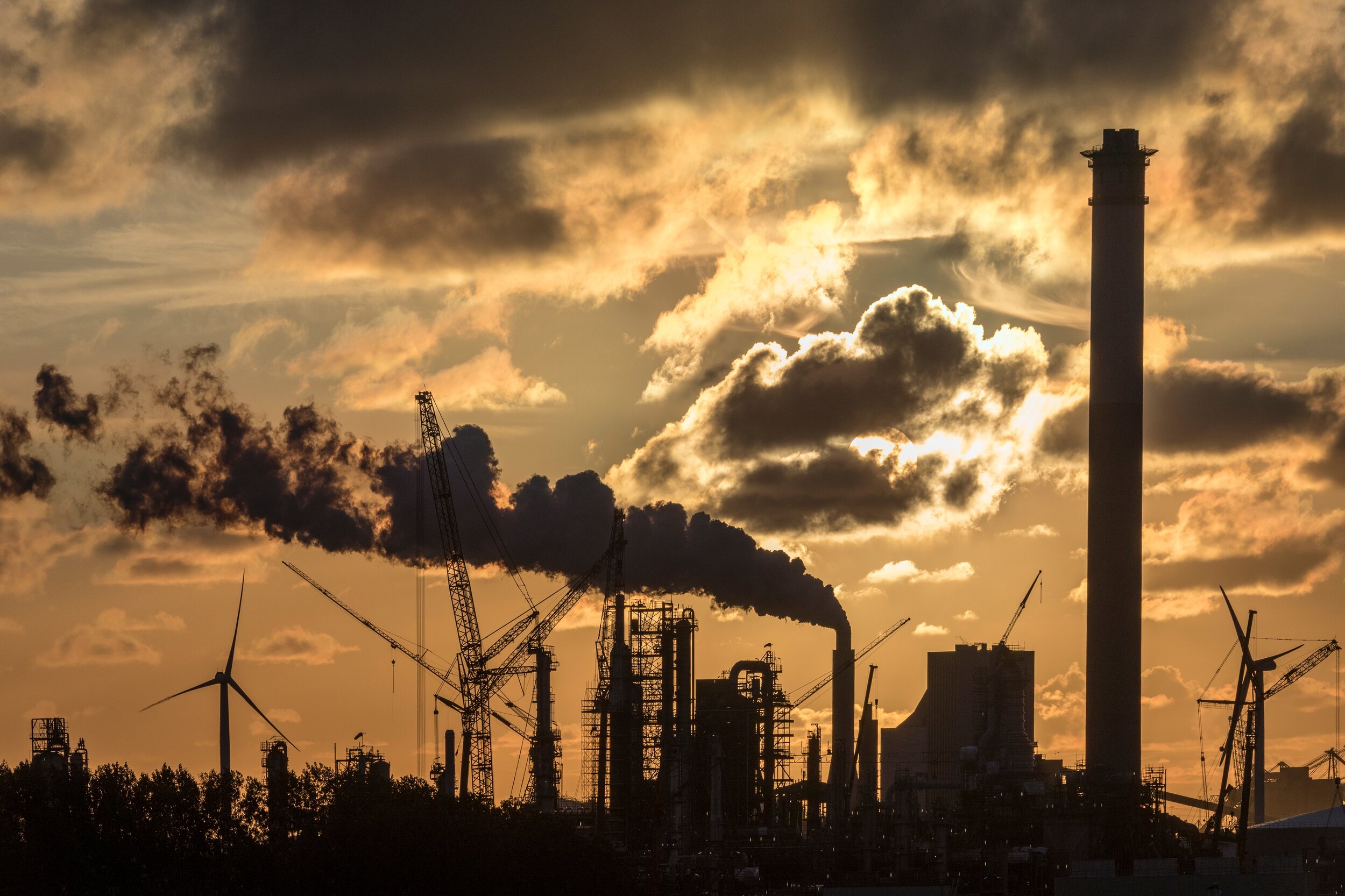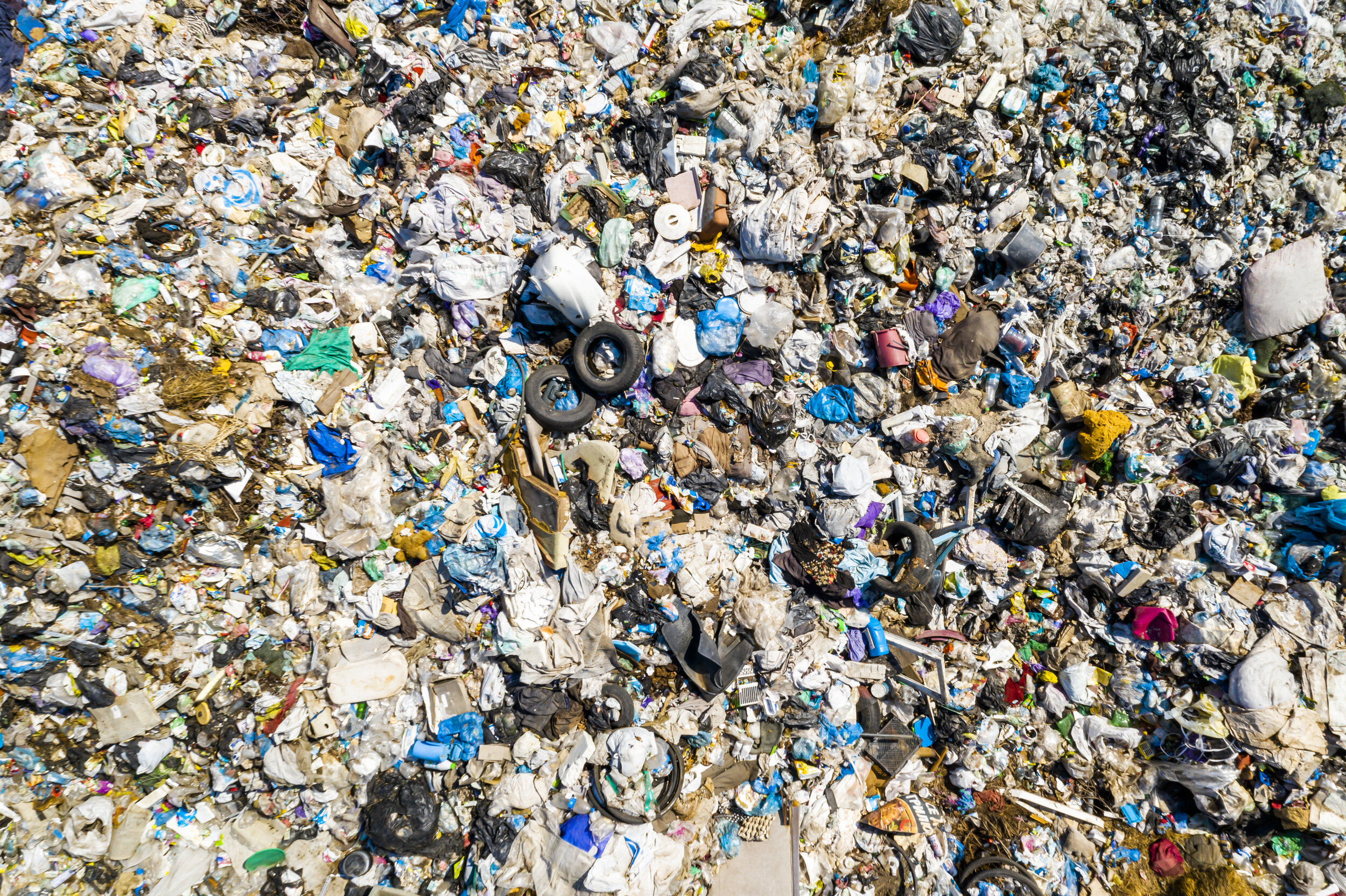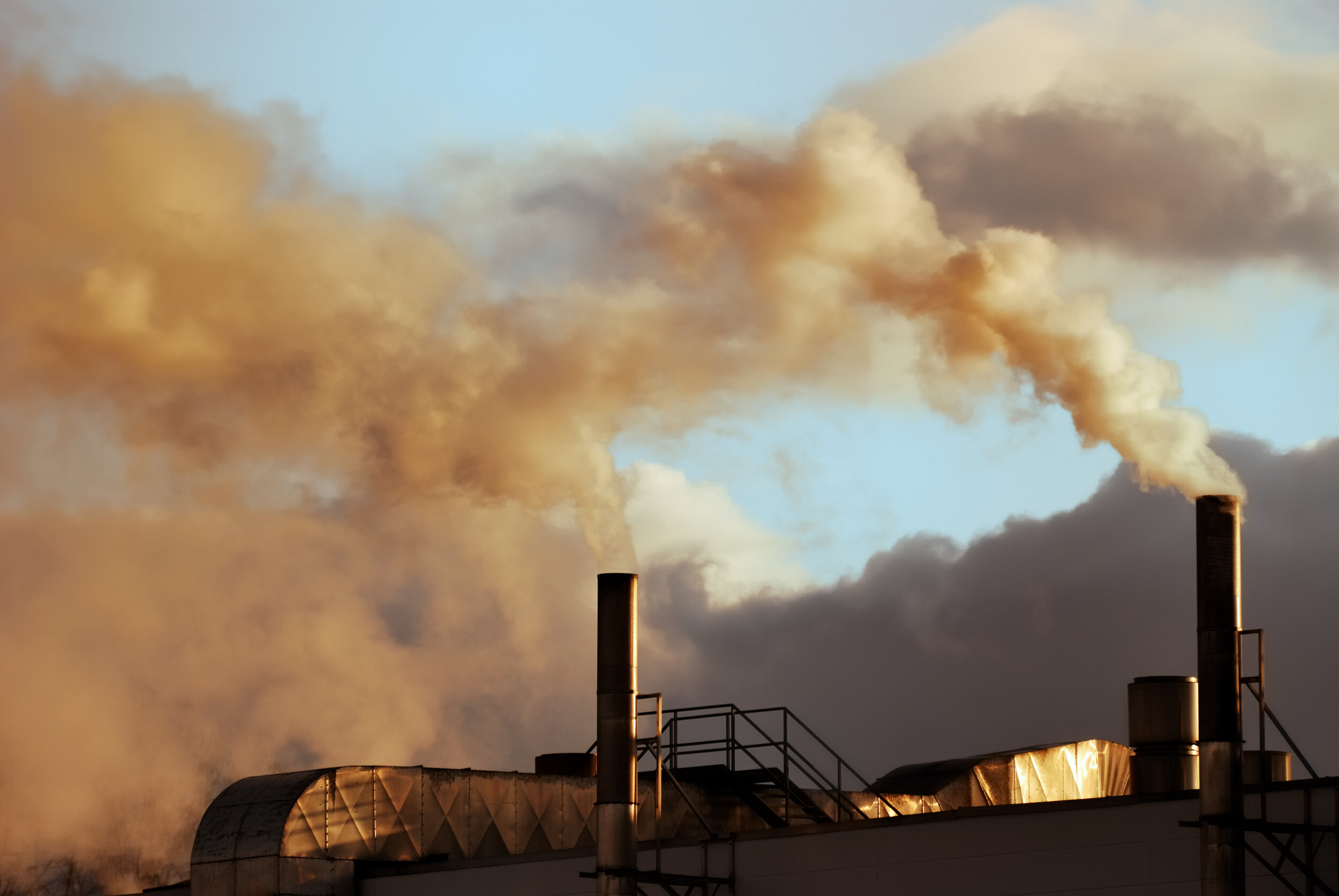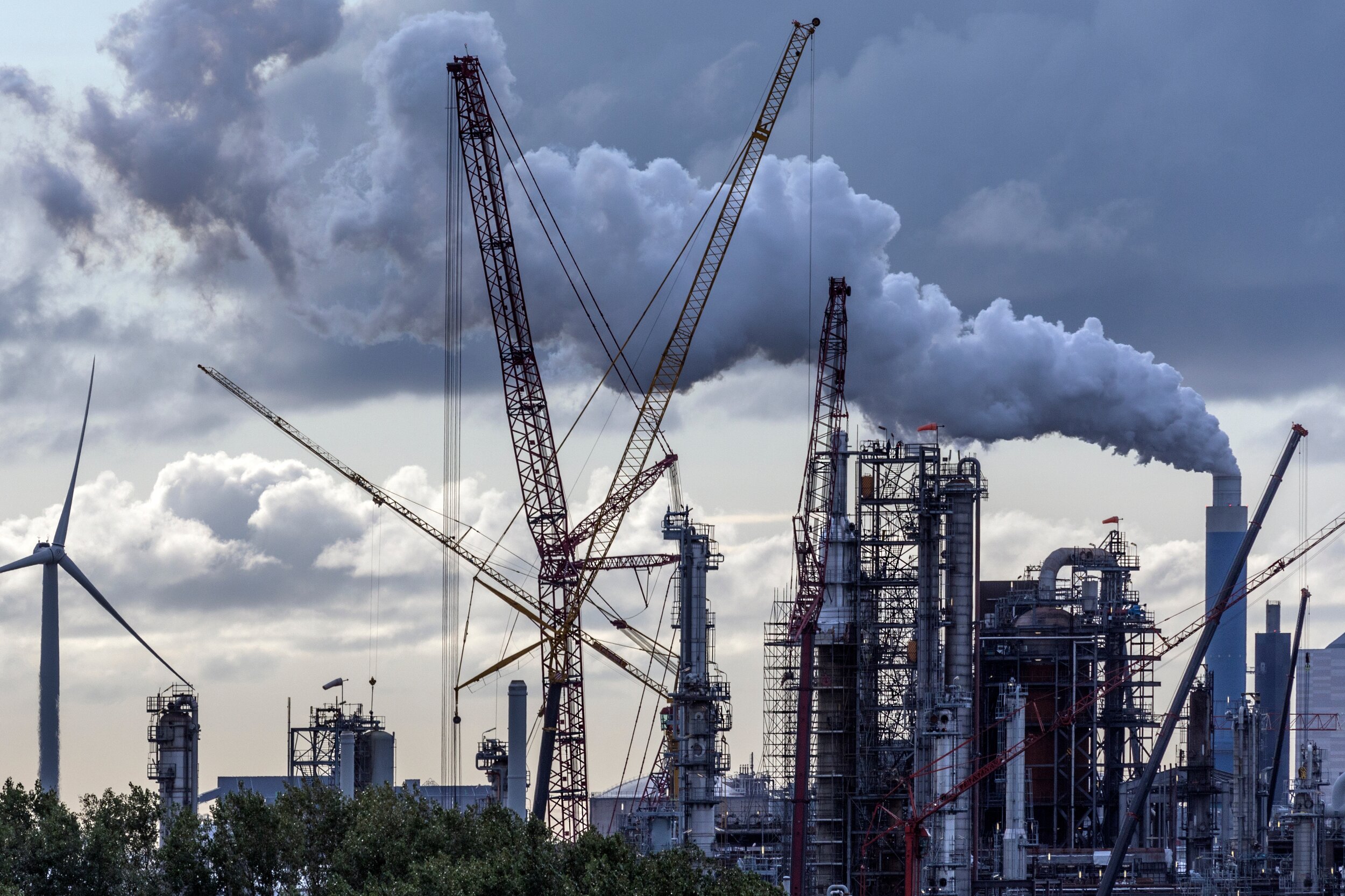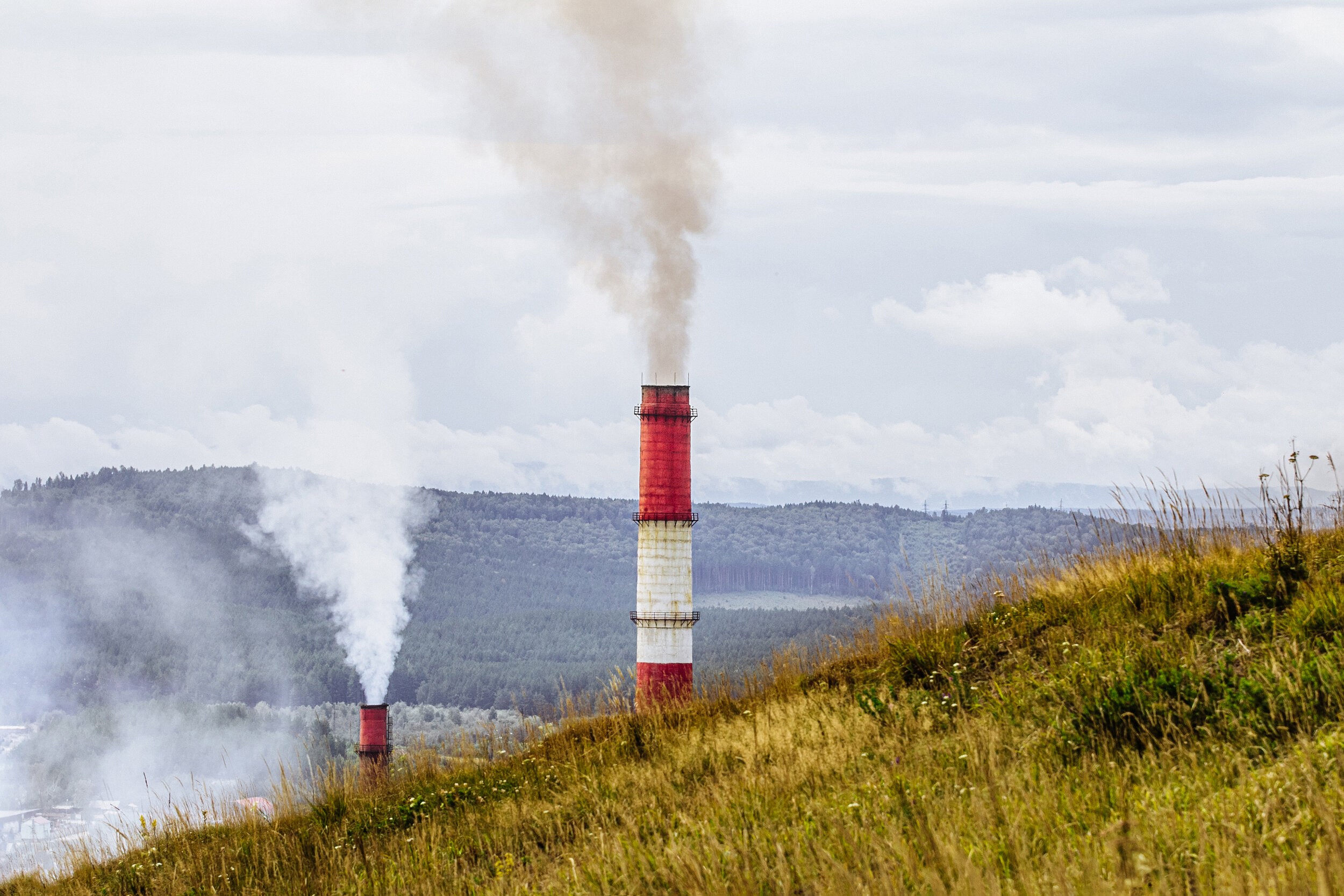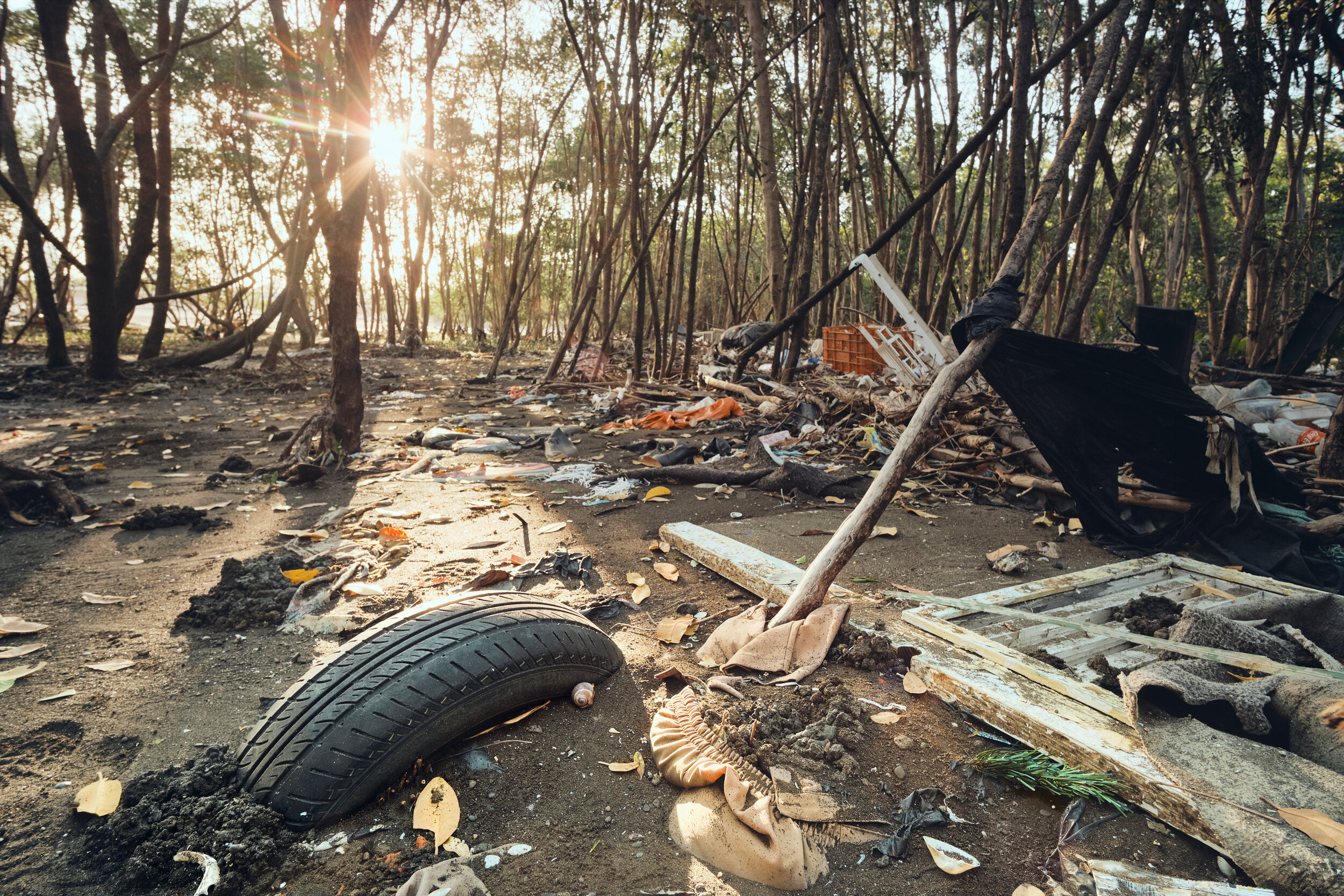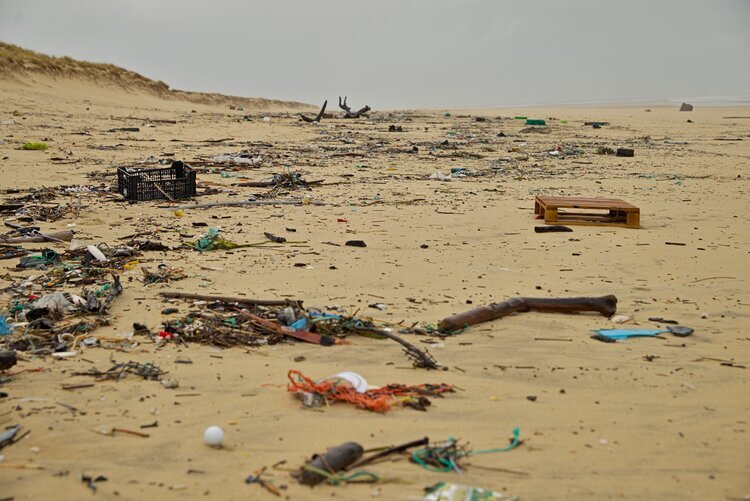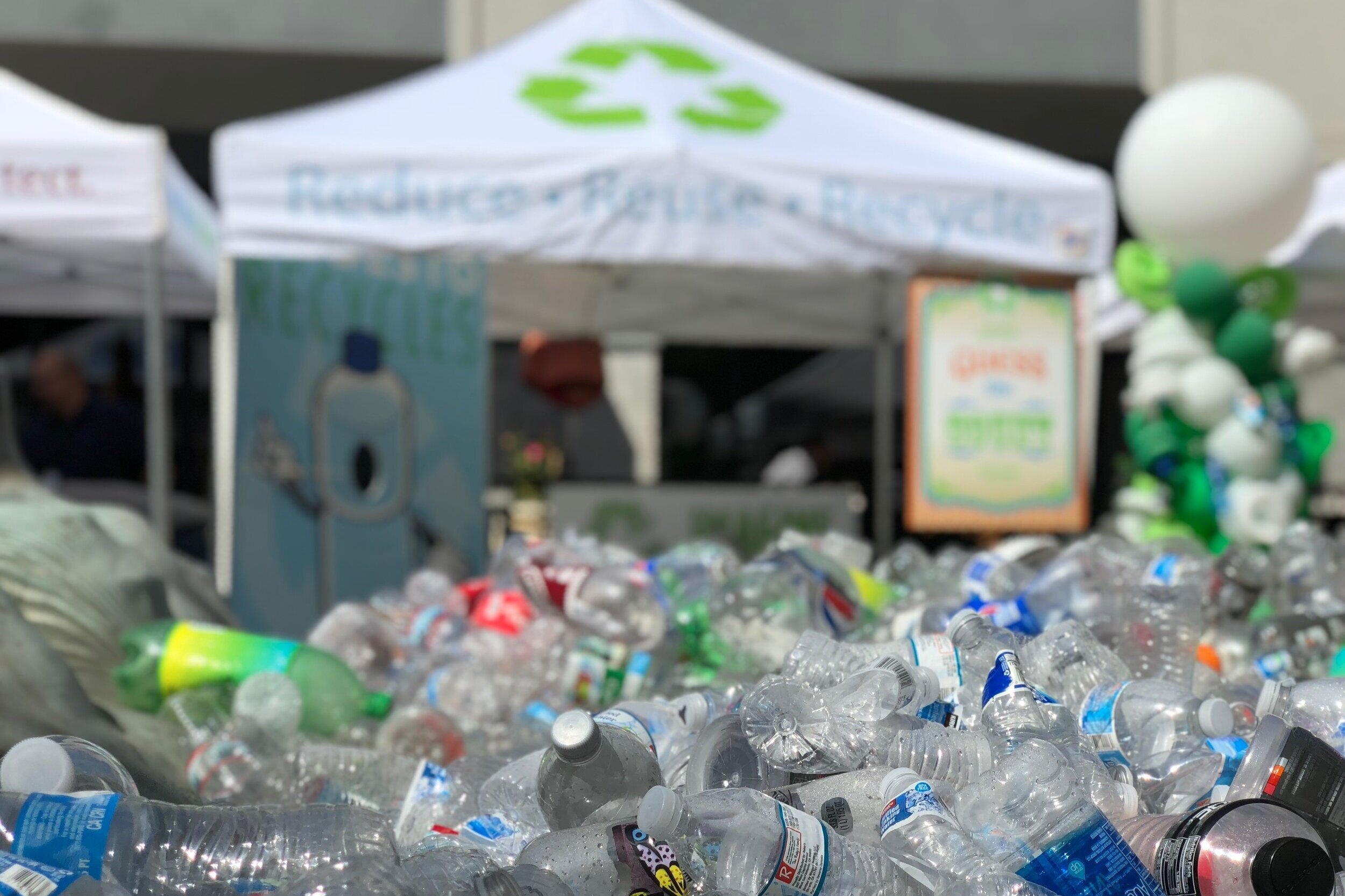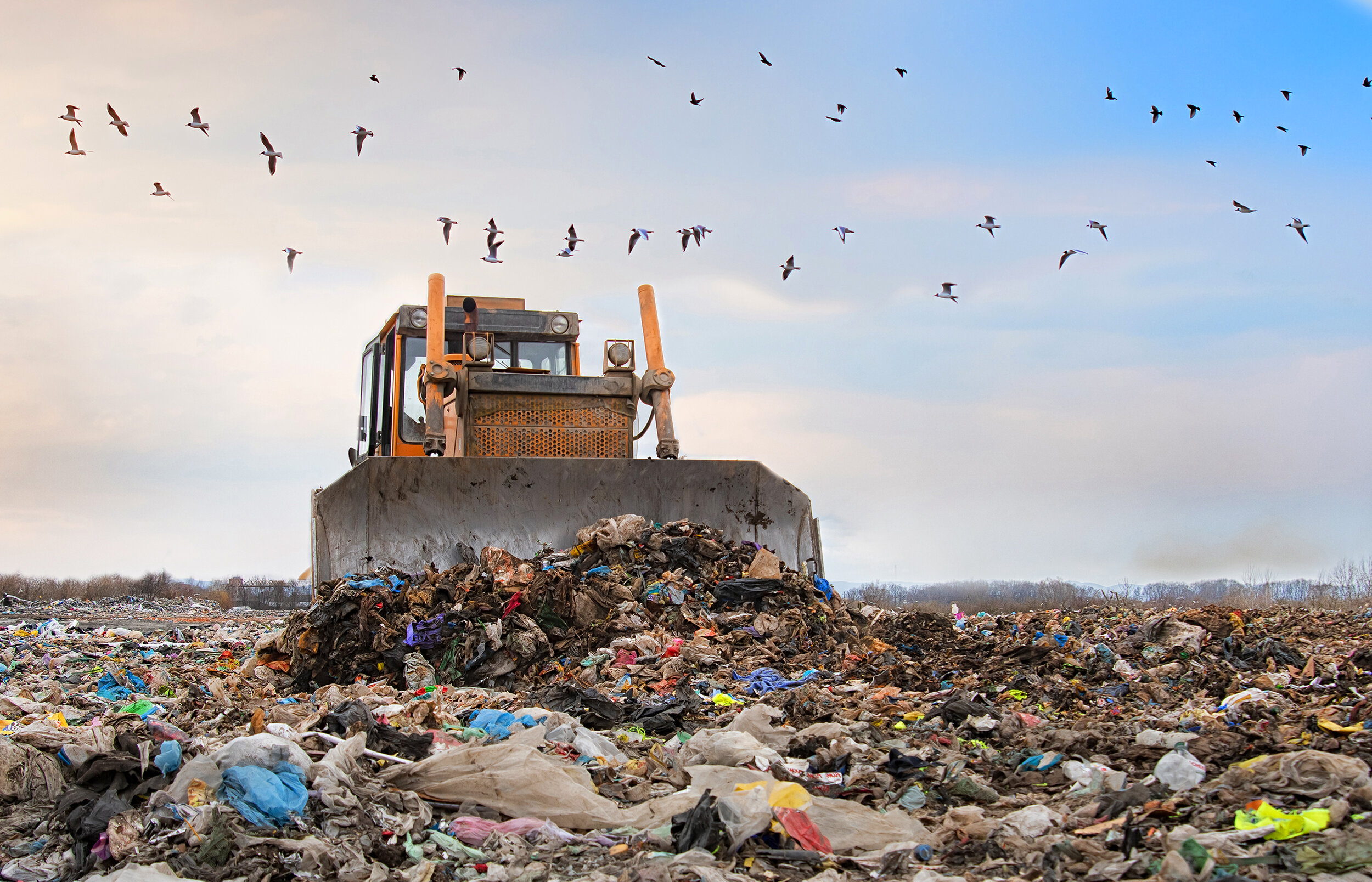
Issues to be Resolved
ISSUES…
Landfill MSW Problems…
Communities in the US annually dispose 150 million tons per year of municipal solid waste (MSW) in landfills, which is a huge waste of natural resources, contributes to air (16% of methane gas emissions) & groundwater pollution which costs communities billions of dollars each year. To make things worse many regions have maximized capacity in existing landfills and are forced to export their waste to other regions.
Food Security…
Fruit and vegetable production, a key component of healthy diets, is also vulnerable to climate change (medium evidence, high agreement). Declines in yields and crop suitability are projected under higher temperatures, especially in tropical and semi-tropical regions.
Waste Tire…
Tires that are simply thrown away are a serious environmental problem. The sheer volume of tires discarded each year—almost 300 million tires in the United States alone—makes safe disposal difficult. Tires are also a problem in landfills: their hollow, rounded shape takes up valuable shape in landfills which trap gasses and eventually they float to the top.
ISSUES.
Seafood Issues…
UNLESS HUMANS ACT now, seafood may disappear by 2048, concludes the lead author of a new study that paints a grim picture for ocean and human health.
According to the study, the loss of ocean biodiversity is accelerating, and 29 percent of the seafood species humans consume have already crashed. If the long-term trend continues, in 30 years there will be little or no seafood available for sustainable harvest.
The increasing pace of diversity loss thus imperils the "ecosystems services" that many human populations depend on for survival, the study says.
Trash Dumped…
Municipal solid waste can contain every and any dangerous substance on the market in the United States. These substances include volatile organic compounds, polychlorinated biphenyls (PCBs), heavy metals, radioactive materials, and pharmaceuticals.
When these items are dumped in areas like this, when it happens to rain this material runs into our waterways. This then harms humans, waterways, and etc.
Livestock Farm Emission Gases…
Domestic livestock such as cattle, swine, sheep, and goats produce CH4 as part of their normal digestive process. Also, when animal manure is stored or managed in lagoons or holding tanks, CH4 is produced. Because humans raise these animals for food and other products, the emissions are considered human-related. When livestock and manure emissions are combined, the Agriculture sector is the largest source of CH4 emissions in the United States.
On most farms, that gas just goes floating off into the air — and contributes to the overheating of the planet. Methane is a greenhouse gas with a warming impact at least 25 times greater, per pound, than carbon dioxide.
ISSUES.
Plastic Issues…
Plastic pollution has become one of the most pressing environmental issues, as rapidly increasing production of disposable plastic products overwhelms the world's ability to deal with them. Plastic trash has become so ubiquitous it has prompted efforts to write a global treaty negotiated by the United Nations.
The problem of plastic in nature, particularly in our oceans, is a global crisis. Every minute, about a dump-truck load of plastic goes into the oceans, sullying beaches, hurting wildlife, and contaminating our food supply.
Air Pollution…
Air pollution is the fourth-largest threat to human health, behind high blood pressure, dietary risks and smoking. The health risks of breathing dirty air include respiratory infections and cardiovascular diseases, stroke, chronic lung disease and lung cancer.
Air pollution kills an estimated seven million people worldwide every year. WHO data shows that 9 high levels of pollutants. WHO is working with countries to monitor air pollution and improve air quality.
Livestock Farm Emission Gases…
Domestic livestock such as cattle, swine, sheep, and goats produce CH4 as part of their normal digestive process. Also, when animal manure is stored or managed in lagoons or holding tanks, CH4 is produced. Because humans raise these animals for food and other products, the emissions are considered human-related. When livestock and manure emissions are combined, the Agriculture sector is the largest source of CH4 emissions in the United States.
On most farms, that gas just goes floating off into the air — and contributes to the overheating of the planet. Methane is a greenhouse gas with a warming impact at least 25 times greater, per pound, than carbon dioxide.
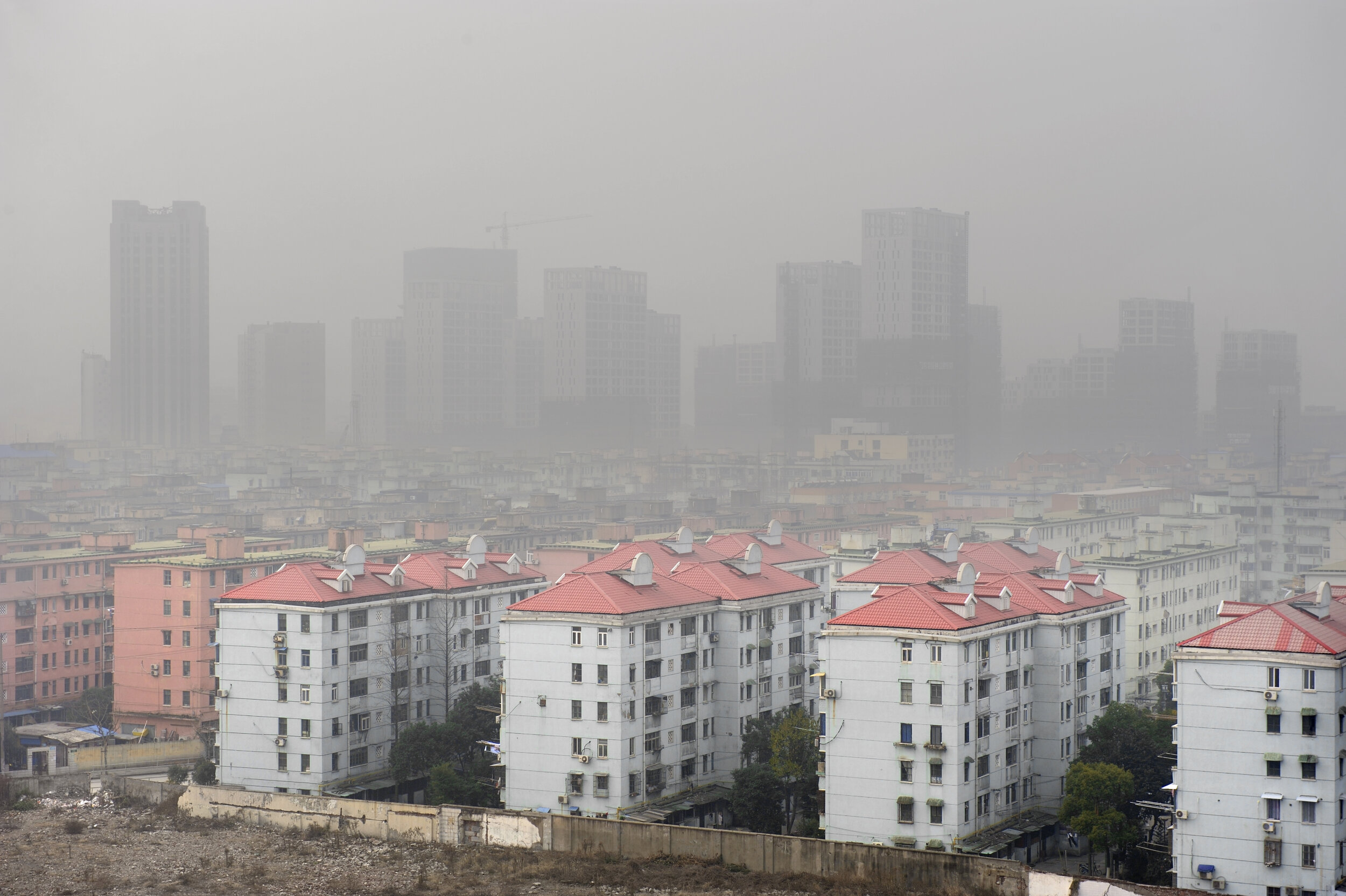
“Air pollution is the fourth-largest threat to human health, behind high blood pressure, dietary risks and smoking. ”
We can still Stop this from Happening, if we act NOW!
